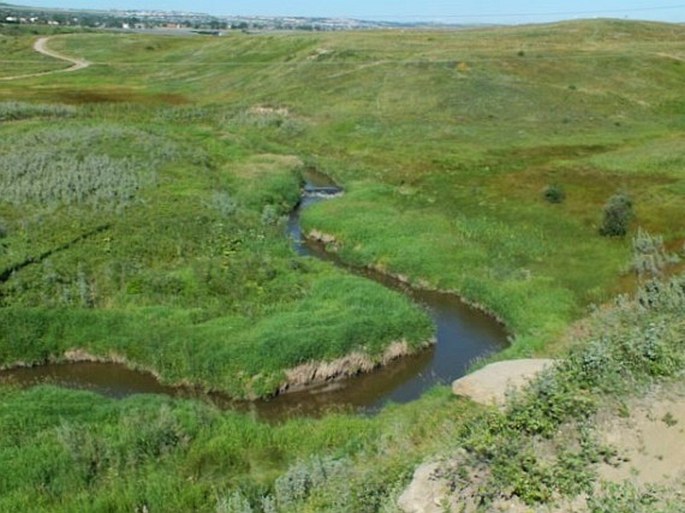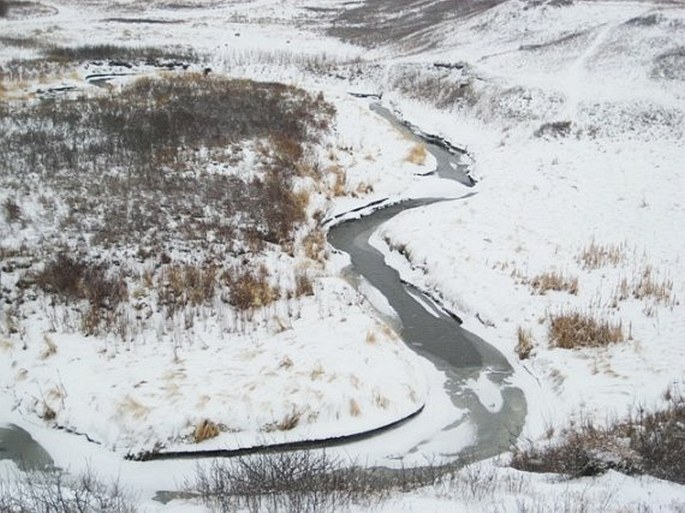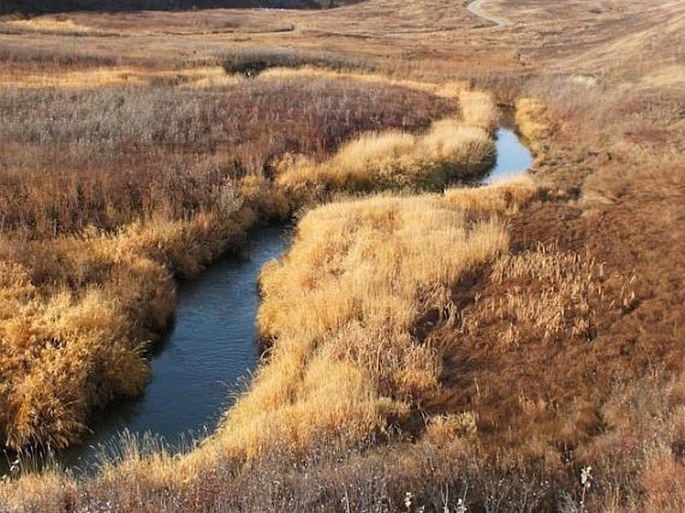If you are perusing North American plants on this web, you can see references to a number of parks in the city of Calgary. Some cities are proud of their artificial parks which are mostly horticultural achievements. City of Calgary has a few of those but what we are proud of are our natural parks which are witnesses of our diverse nature.

Calgary is a cold city. Despite of being located just north of 51st parallel, we are two climate zones colder than Ottawa, which is the second coldest capital in the world. We are in the foothills of Rocky Mountains but basically we are a prairie city. The elevation at the bottom of the valleys is 1060 m and the highest points in the hills are 1240 m.


Winters are cold and long. We can get snow in any month of the year. In the middle of winter while the temperature is –20 °C we can get a warm Pacific wind, called Chinook, and you wake up with +10 °C. People come out in short sleeves, convertible cars take down their tops and what do you think the trees will do? They might wake up to a false spring. It is tough for vegetation here.


Otherwise the geology is not that complicated, if we mention just the basics. The area is based on sedimentary rocks going down some 4000 m and originate from 540–65 million years ago (Precambrian basement). The layer above this is from 65–56 million years ago, sandstone and mudstone (Early Tertiary), called Porcupine Hills Formation (named after Porcupine Hills of southern Alberta). On this bedrock we find gravels from the Ice Age, when this area was under ice layer which brought the glacial debris from eastern slopes of Rockies. Therefore, some of our parks originated as sandstone quarries or commercial gravel pits. Also in some parks we can see glacial erratics, large boulders which look out of place in grasslands (Split Rock in Confluence Park or Buffalo Rubbing Stone in Nose Hill Park).

Calgary Parks Department started the development of the parks from early 1980s with the publication of River Valleys Plan. The most of the nature parks in Calgary are located along the water ways. There are two major rivers here, Bow and smaller Elbow. Fish Creek is another important one. West Nose Creek and Nose Creek are smaller but still important streams. Nose Hill Park and Ranchlands Park are about the only parks without water, representing our prairies.

To name the parks by the location, we can start with Bow River from the west to east: Bowmont Park, Edworthy Park, Inglewood Bird Sanctuary, Beaverdam Flats, Carburn Park. Along Elbow River: Griffith Woods, Weaselhead, North and South Glenmore Parks (Glenmore reservoir on Elbow is the city water supply). Confluence Park is northeast of Nose Hill Park, on confluence of West Nose Creek and Nose Creek. Twelve-mile Coulee is separated from the rivers but it has its own creek. Fish Creek park is a Provincial Park along the Fish Creek and a small part of Bow River, at confluence with Fish Creek.

Despite of the prairie location, the habitat diversity is immense. Two major biomes are meeting right here. The grasslands called Foothills Fescue, after the predominant grass Festuca altaica and Foothills Parkland, also called Aspen Parkland after the predominant tree, Quaking Aspen (Populus tremuloides). However, in same parks the character of ecosystems changes rapidly with the landscape and you can walk from boreal forest grove with Douglas Fir (Pseudotsuga menziesii) into Aspen parkland within a few meters.
Northern slopes of some parks host not only the above mentioned trees but White Spruce (Picea glauca) is quite common, in wet places you can see Black Spruce (Picea mariana) and two species of birch (Betula).



